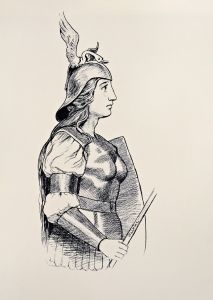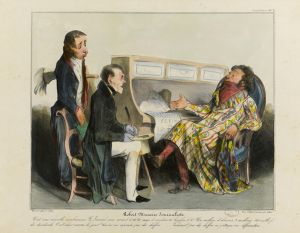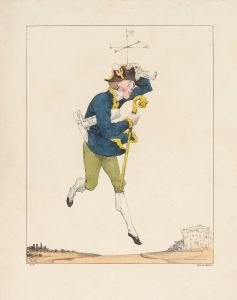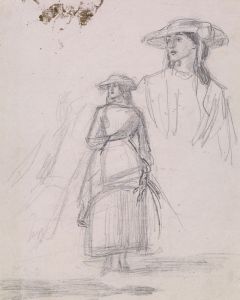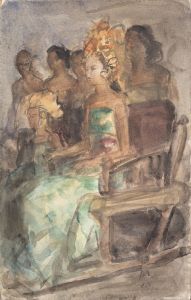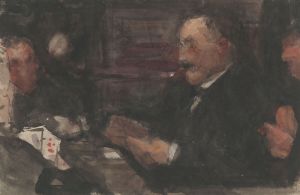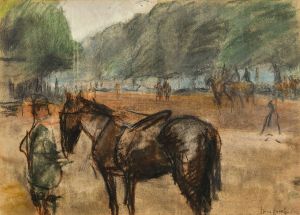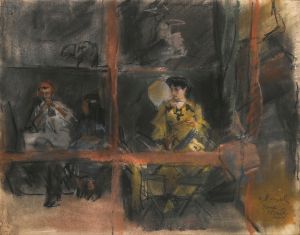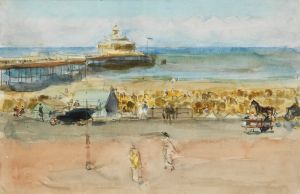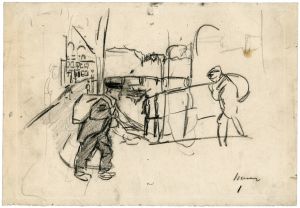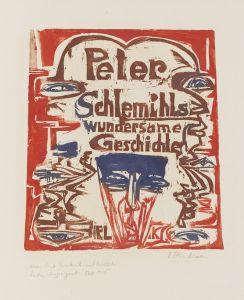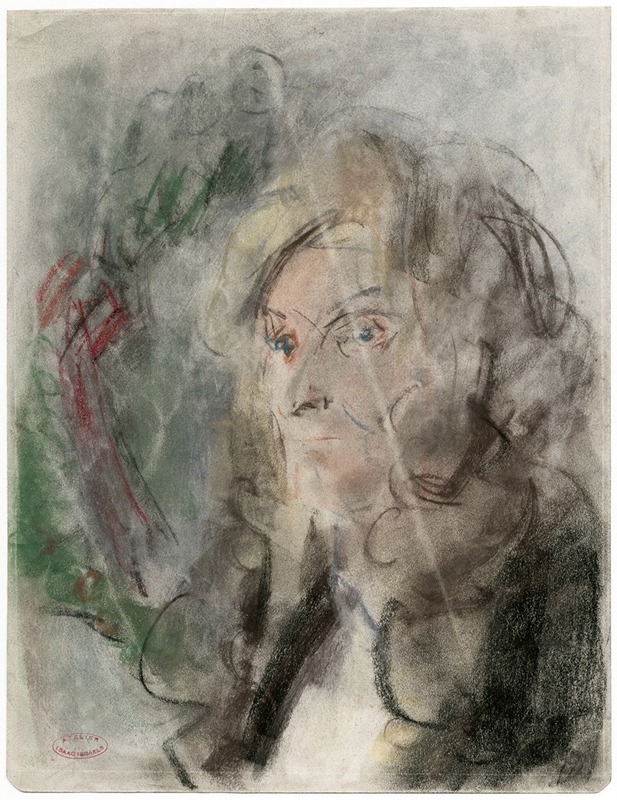
Louis Bouwmeester in de rol van Harpagon
A hand-painted replica of Isaac Israëls’s masterpiece Louis Bouwmeester in de rol van Harpagon, meticulously crafted by professional artists to capture the true essence of the original. Each piece is created with museum-quality canvas and rare mineral pigments, carefully painted by experienced artists with delicate brushstrokes and rich, layered colors to perfectly recreate the texture of the original artwork. Unlike machine-printed reproductions, this hand-painted version brings the painting to life, infused with the artist’s emotions and skill in every stroke. Whether for personal collection or home decoration, it instantly elevates the artistic atmosphere of any space.
"Louis Bouwmeester in de rol van Harpagon" is a notable painting by the Dutch artist Isaac Israëls. This artwork captures the renowned Dutch actor Louis Bouwmeester in his celebrated role as Harpagon, the miserly character from Molière's classic comedy "L'Avare" (The Miser).
Isaac Israëls, born in 1865, was a prominent figure in the Amsterdam Impressionism movement, known for his dynamic brushwork and keen ability to capture the essence of his subjects. His works often depicted scenes of urban life, portraits, and theatrical subjects, reflecting the vibrant cultural milieu of his time.
Louis Bouwmeester, born in 1842, was one of the most distinguished actors in the Netherlands during the late 19th and early 20th centuries. He was particularly famous for his versatility and his ability to bring complex characters to life on stage. His portrayal of Harpagon was one of his most acclaimed performances, showcasing his talent for embodying both the comedic and tragic aspects of the character.
The painting itself is a testament to Israëls' skill in portraiture and his ability to convey the personality and emotion of his subjects. In this work, Bouwmeester is depicted in costume, embodying the character of Harpagon with a striking intensity. The use of light and shadow, along with the expressive brushstrokes, highlights the actor's dramatic presence and the theatrical atmosphere of the scene.
Israëls' choice to paint Bouwmeester in this role underscores the cultural significance of both the actor and the character within Dutch theater. Harpagon, as a character, is a symbol of greed and avarice, and Molière's play remains a critical piece of theatrical literature. By capturing Bouwmeester in this role, Israëls not only pays homage to the actor's talent but also to the enduring relevance of Molière's work.
The painting is also an example of Israëls' broader interest in the world of theater and performance. Throughout his career, he created numerous works that depicted actors, dancers, and other performers, often capturing them in moments of intense emotion and movement. This focus on the performing arts reflects a broader trend in late 19th-century art, where artists sought to explore the dynamic and ephemeral nature of performance.
"Louis Bouwmeester in de rol van Harpagon" is housed in the collection of the Amsterdam Museum, where it continues to be appreciated by visitors for its artistic merit and historical significance. The painting not only serves as a portrait of a great actor but also as a window into the cultural life of the Netherlands during a vibrant period of artistic and theatrical innovation.
In summary, Isaac Israëls' painting of Louis Bouwmeester as Harpagon is a significant work that captures the intersection of visual art and theater. It celebrates the talent of a renowned actor and the enduring power of a classic literary character, all through the lens of Israëls' masterful artistry.





